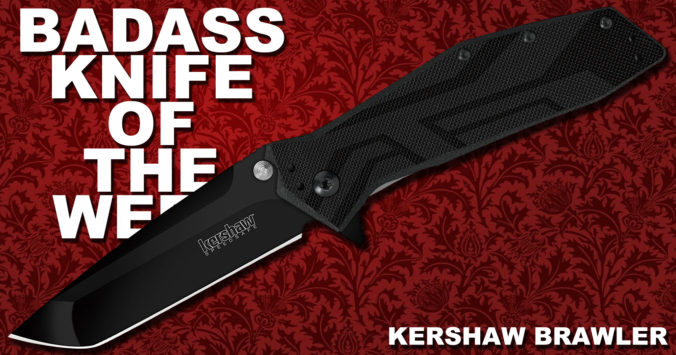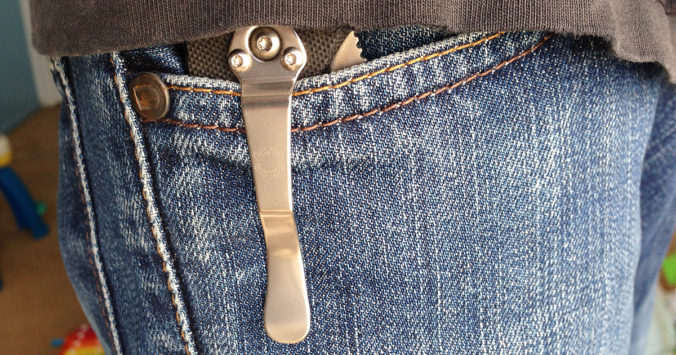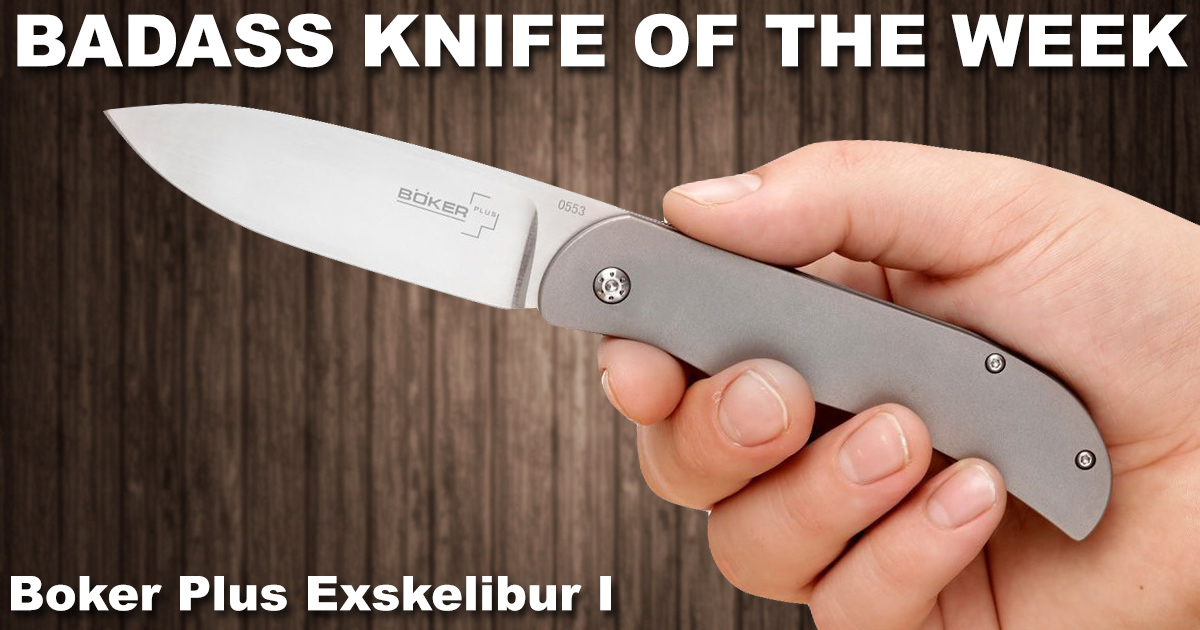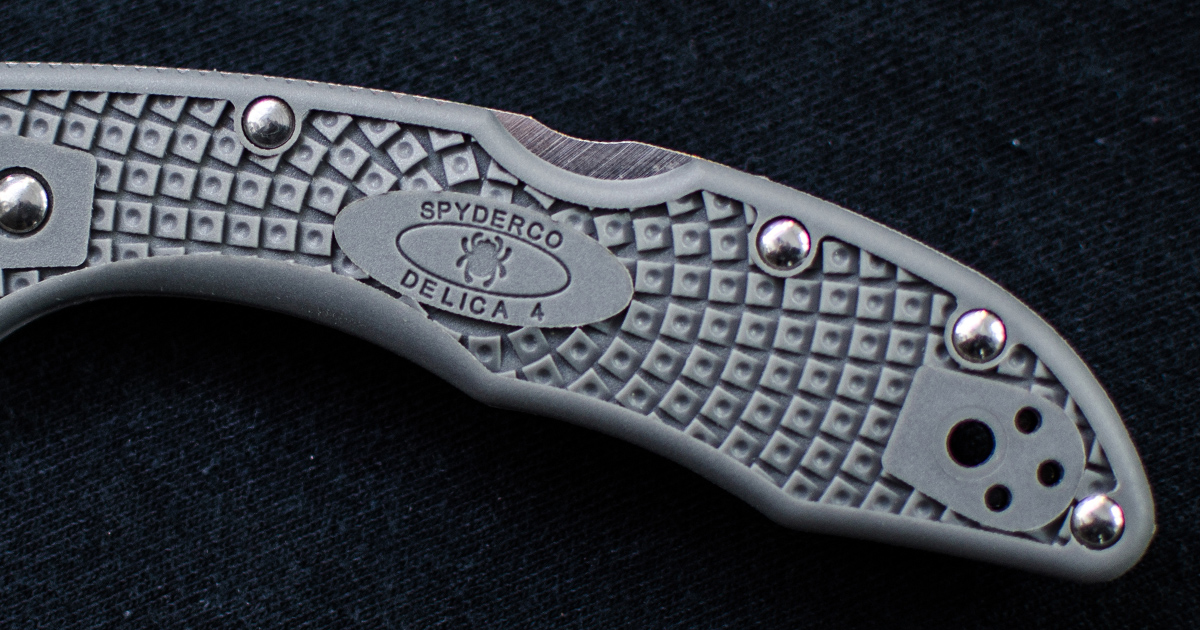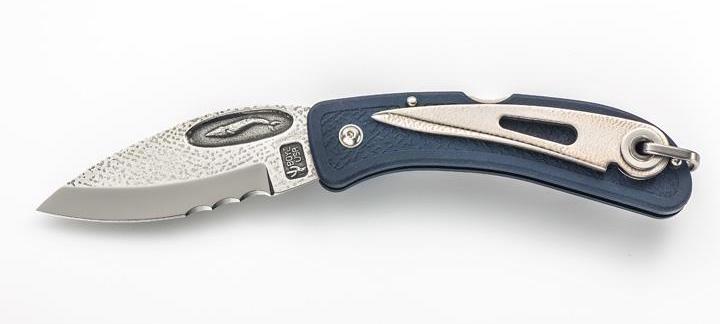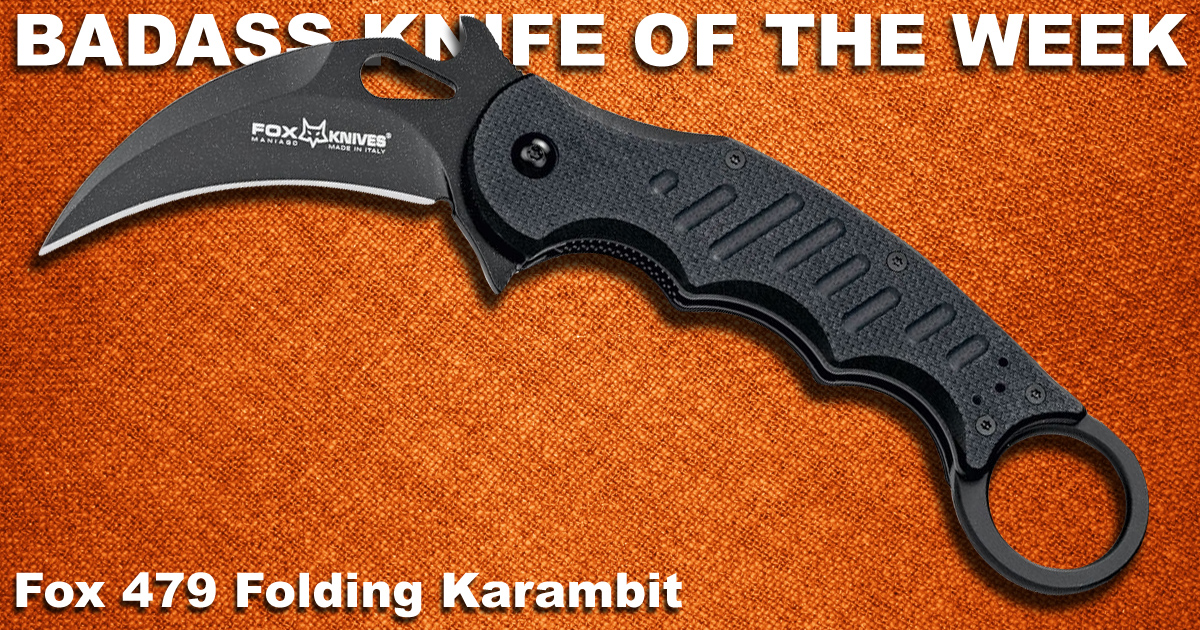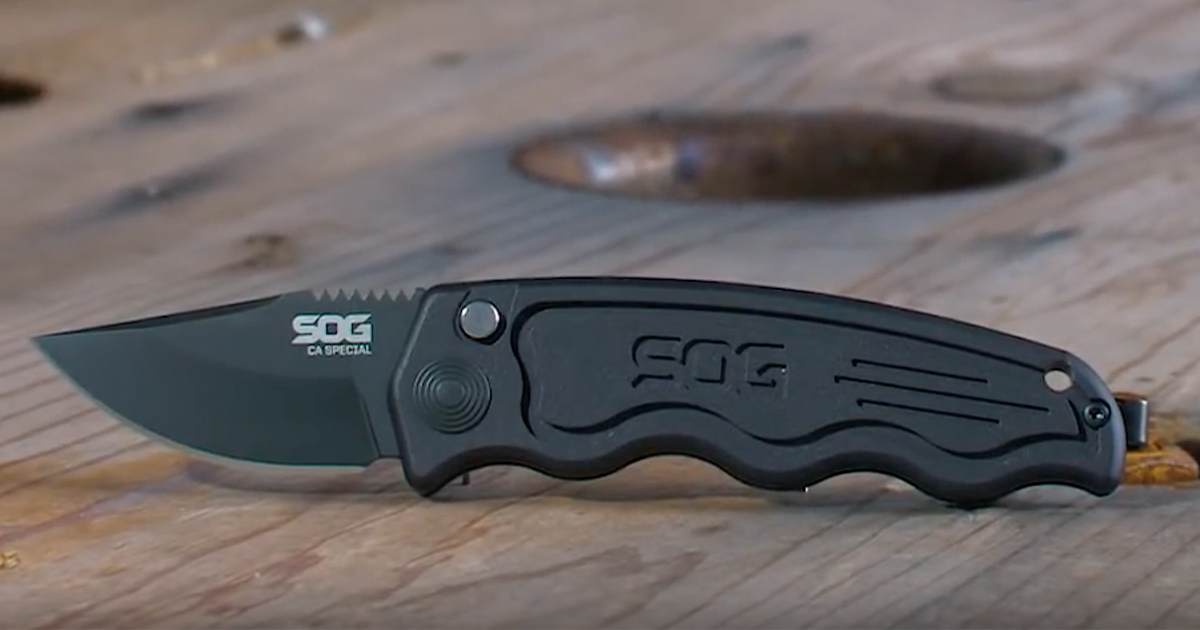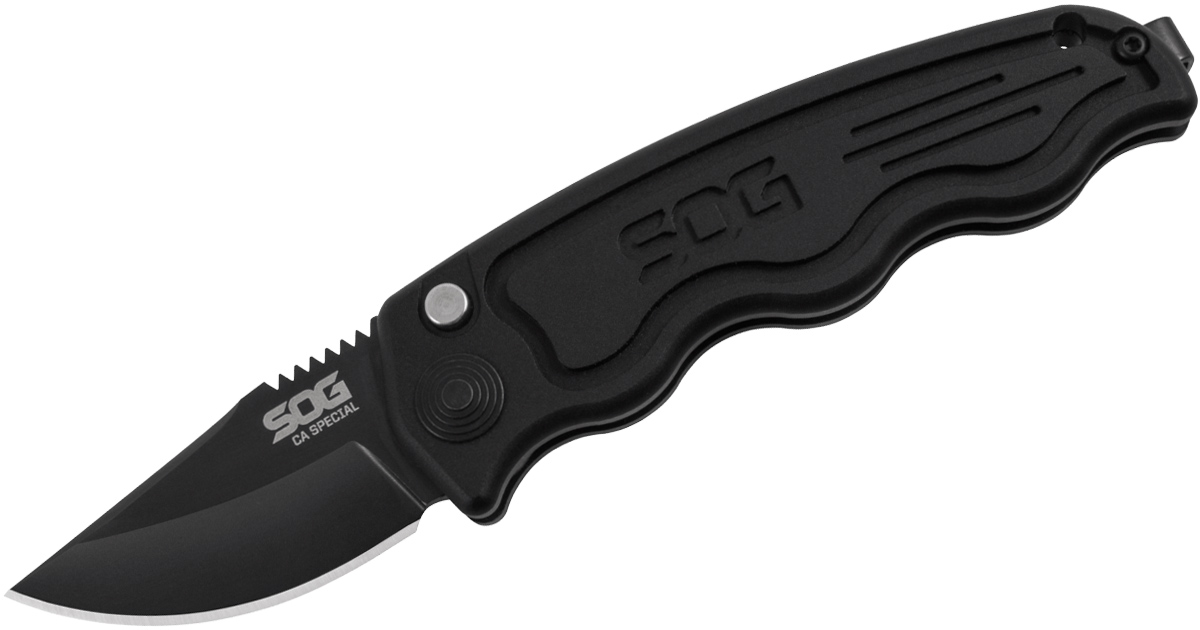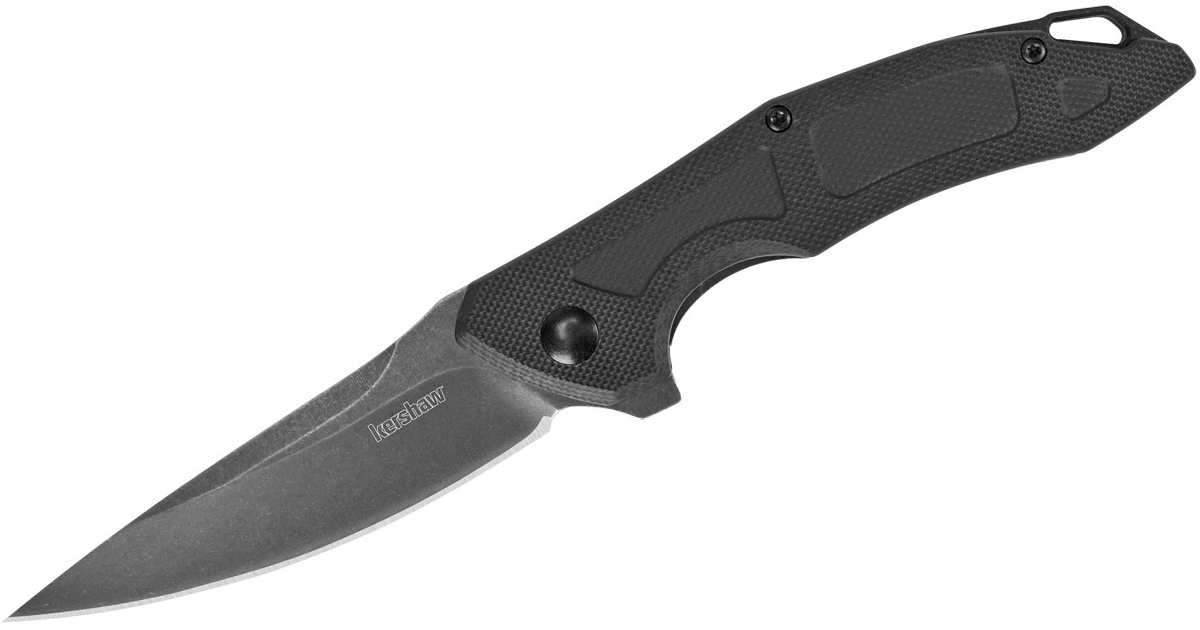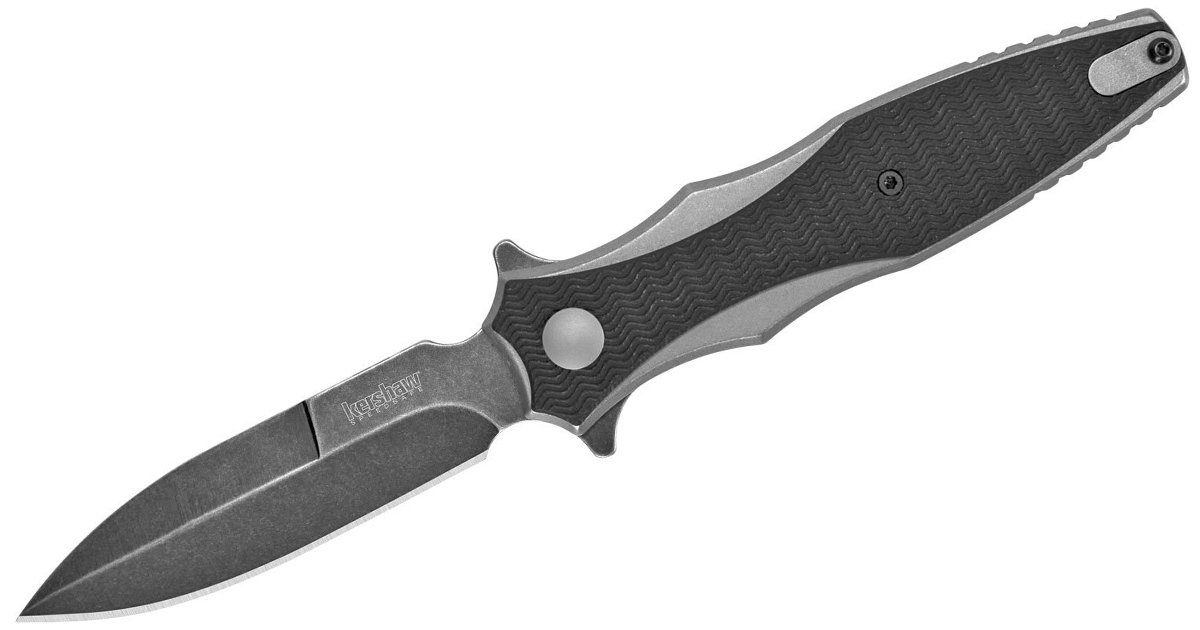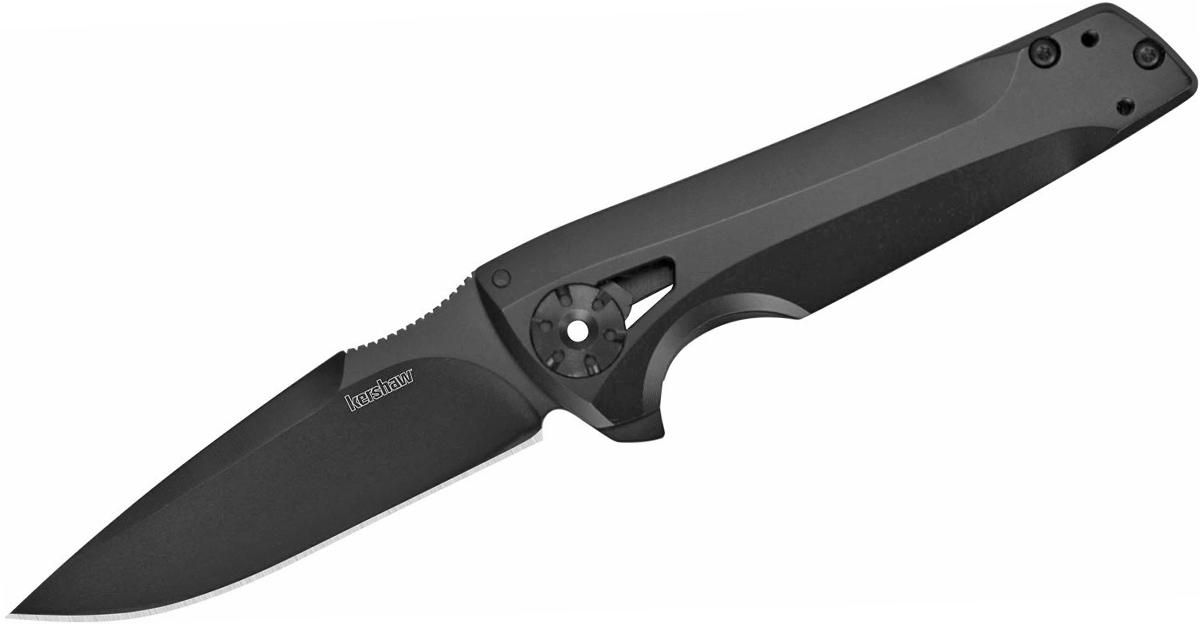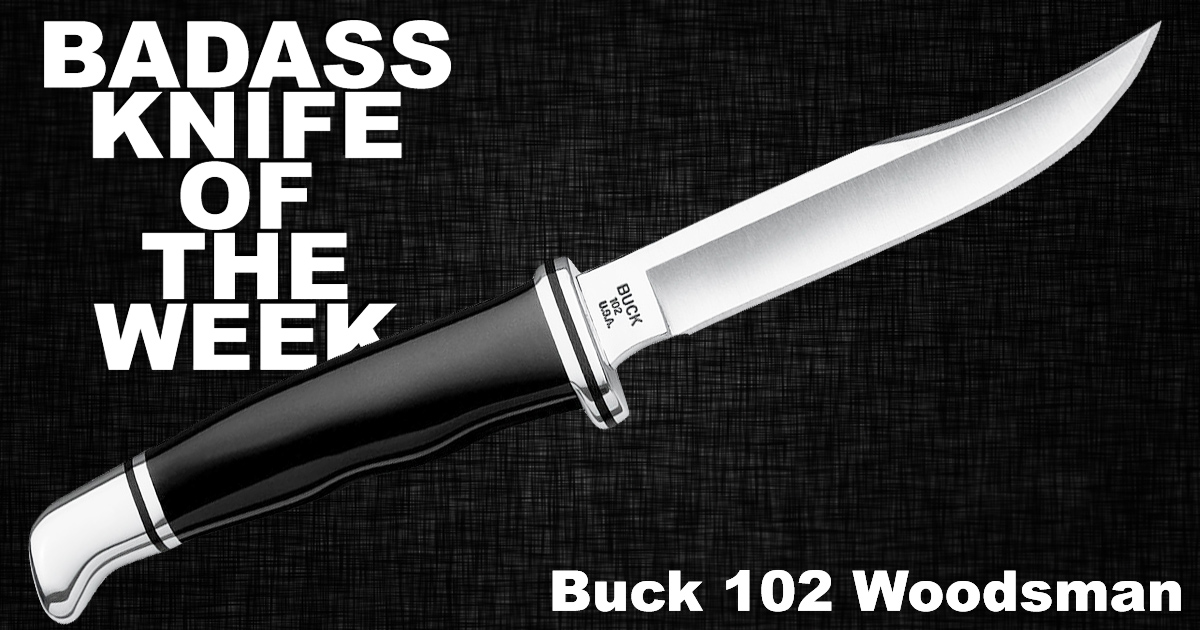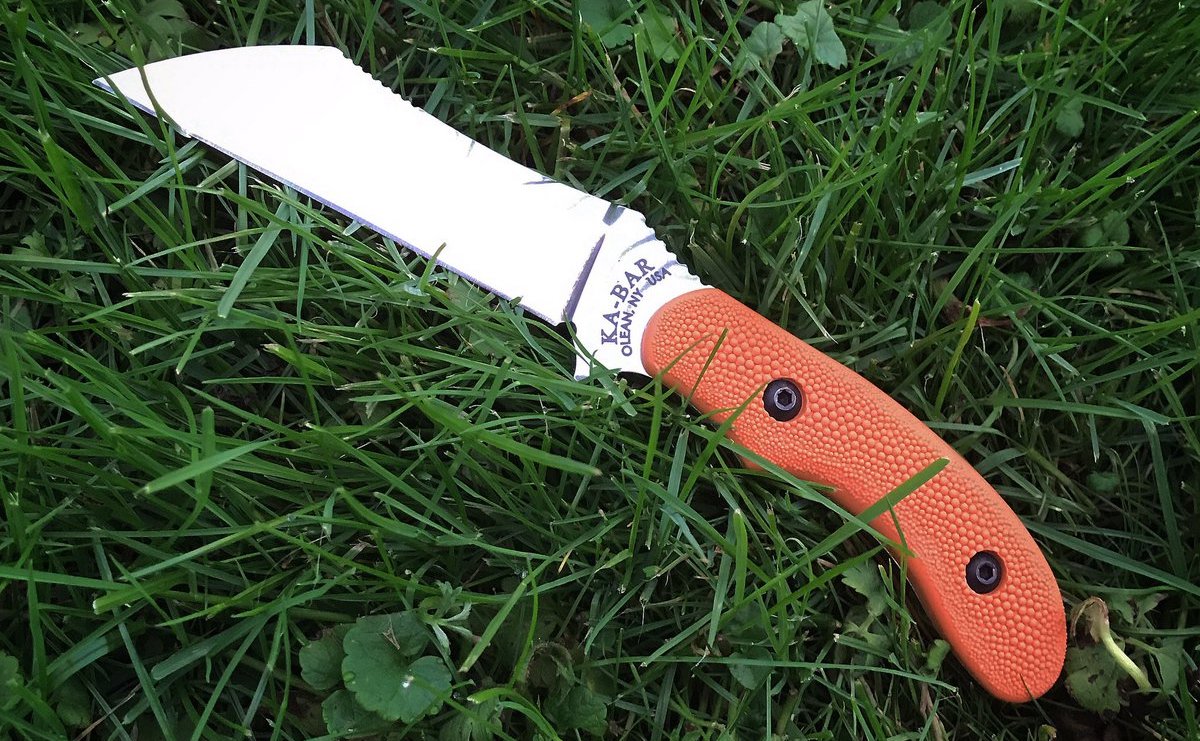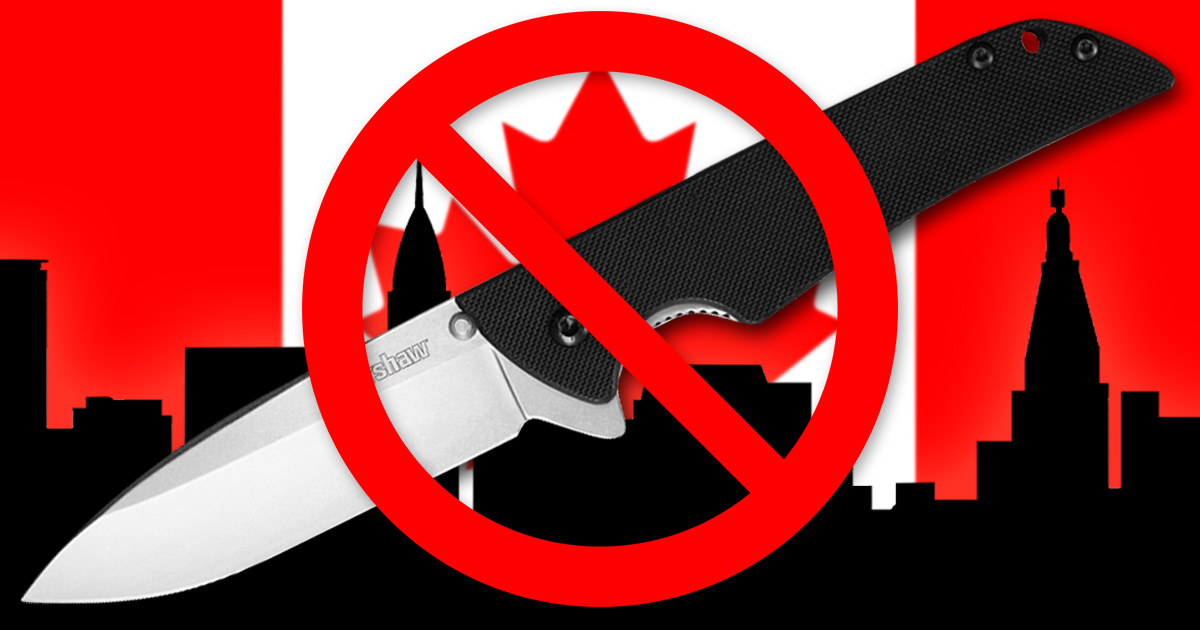
What is going on?!
Just a few months after Canada joined the rest of the world (except the United States, of course) in allowing small knives on planes, it announced a sweeping change that essentially bans nearly every type of folding knife in existence from being imported into the country.
On January 5, here’s what the Canada Border Services Agency wrote on its website:
In accordance with subsection 84(1) of the Criminal Code and the CITT’s recent decision in T. LaPlante, the CBSA resolves that centrifugal knives will be classified as prohibited weapons if the following conditions are met:
a. a knife has a blade that opens by centrifugal force, when the blade is released from the handle into the fully ejected and locked position with a simple and brisk outwardly flick of the wrist; and
b. it includes knives that require some preliminary or simultaneous minimal manipulation of either a flipper or other non-edged parts of the blade.
Knives that can be opened with the flick of your wrist are prohibited. This could include those knives that also use a flipper or other non-edged parts like a thumb stud.
If applied broadly, that pretty much covers the vast majority of folding knives — whether it has an assisted-opening mechanism or not. While slipjoints are safe in theory, you could probably open most of them with centrifugal force if you tried because this includes non-edged parts of the blade. (Hold the spine of a blade on your Swiss Army Knife and it’s not hard to see how you could do it.)
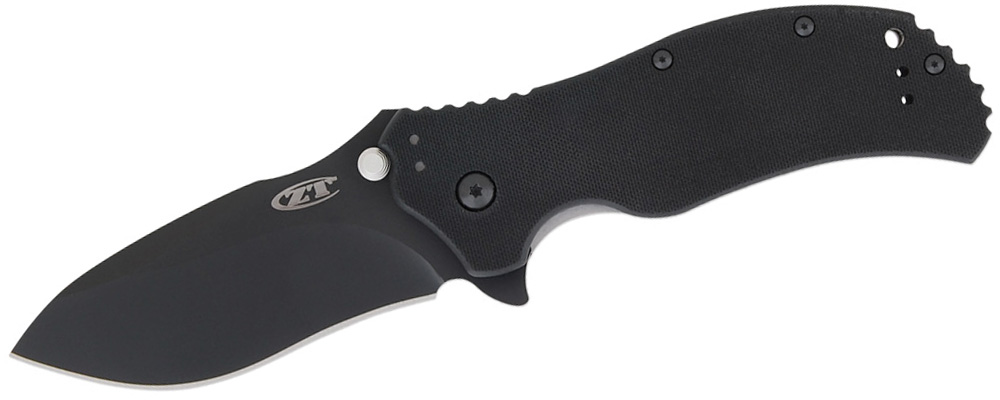
The ZT0350 was the subject of other CBSA disputes.
If you think I’m being a bit flippant, just take a look at how a similar law was implemented in New York City. The laws there are very vague and police have taken advantage of the vagary to classify pretty much any folding knife they want as an illegal gravity knife.
Needless to say, the takes have been brutal.
Continue reading
